Harris’s Sparrow photographed at Retzer Nature Center in Waukesha, WI on September 25th and 26th, 2013.
Harris’s Sparrow
Binomial name: Zonotrichia querula
Category: Emberizids
Description: Brown face and back, both overlaid with black markings especially crown, face, and throat. White on wings and underparts. Pink bills and legs.
Size: 6.7″ – 7.9″ long, 11” wingspan
Weight: 0.92 oz. – 1.7 oz.
Habitat: Coniferous forests and tundras adjacent to bogs
Diet: Seeds, especially grass seeds, fruits, pine needles, and flower parts. Scratches the ground to forage for food.
Nesting: Nests are built on the ground under the protection of a coniferous bush or in a bed of grasses. Both parents construct the nest in mid-June using materials such as sticks, grasses, moss, and lichens. The female will lay 3-5 eggs at a time, laying eggs at the end of June to the middle of July. The young remain in the nest for about 3 weeks before becoming completely independent of their parents.
Notes: “Harris’s Sparrow” is named after ornithologist Edward Harris. This bird will live nearly 12 years in the wild if not caught by a predator. And, Harris’s Sparrow only breeds in Canada, the only bird to do so.
Please click here to see the gallery of images.

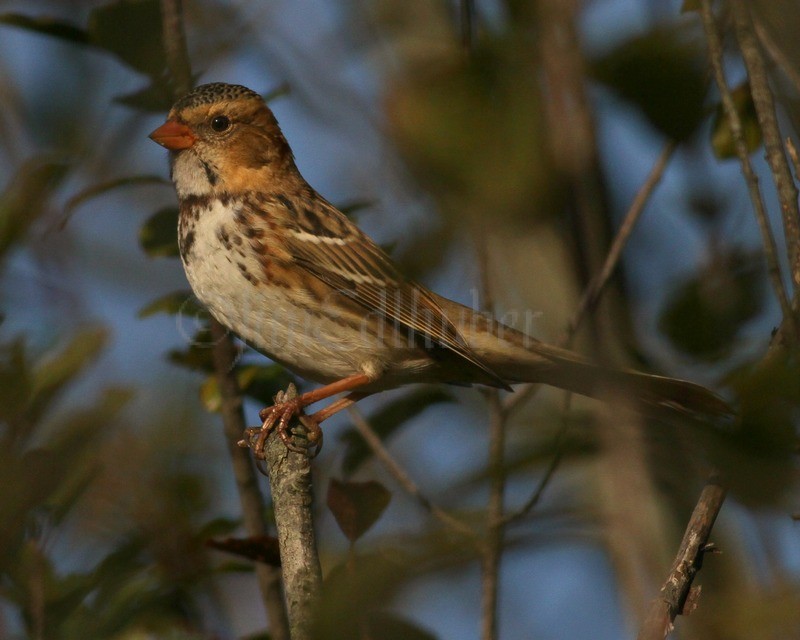
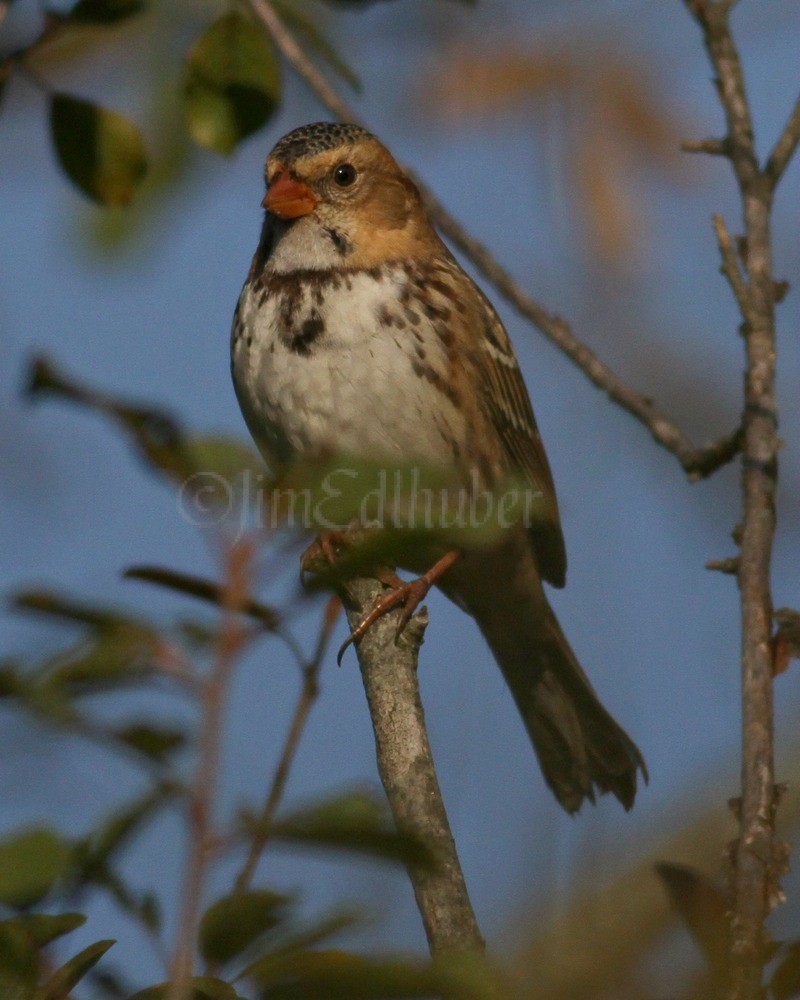
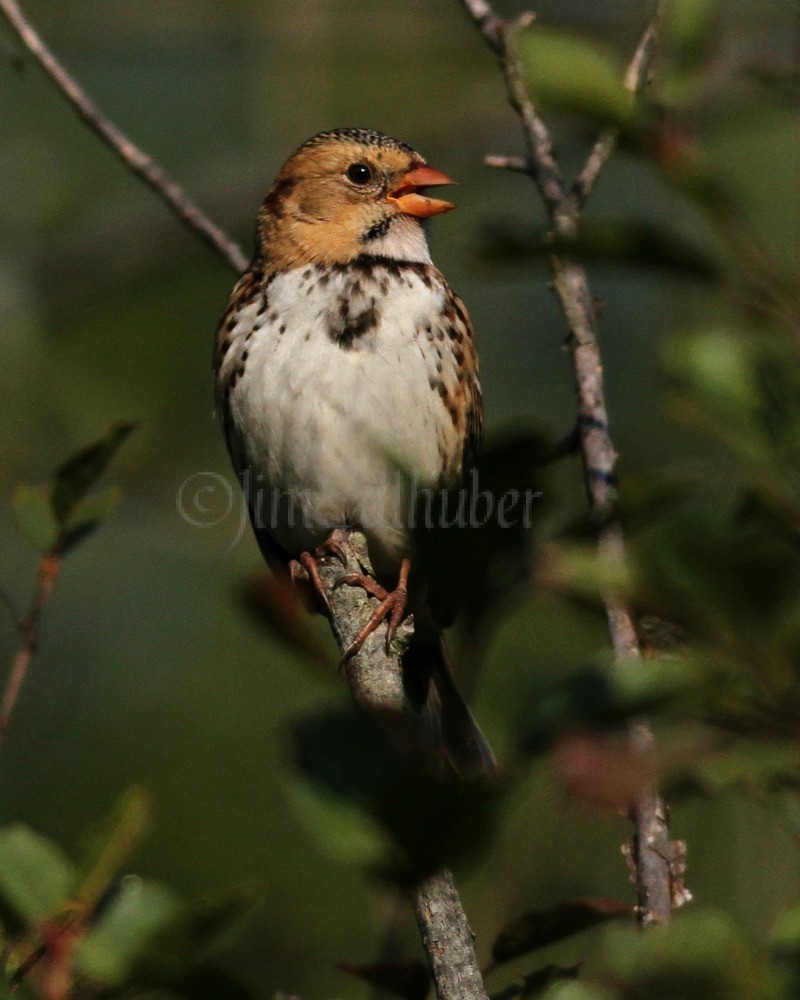
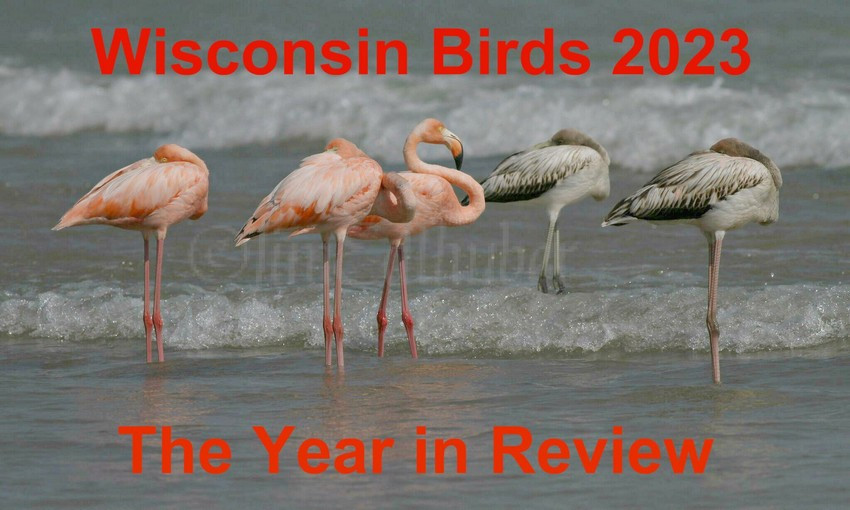
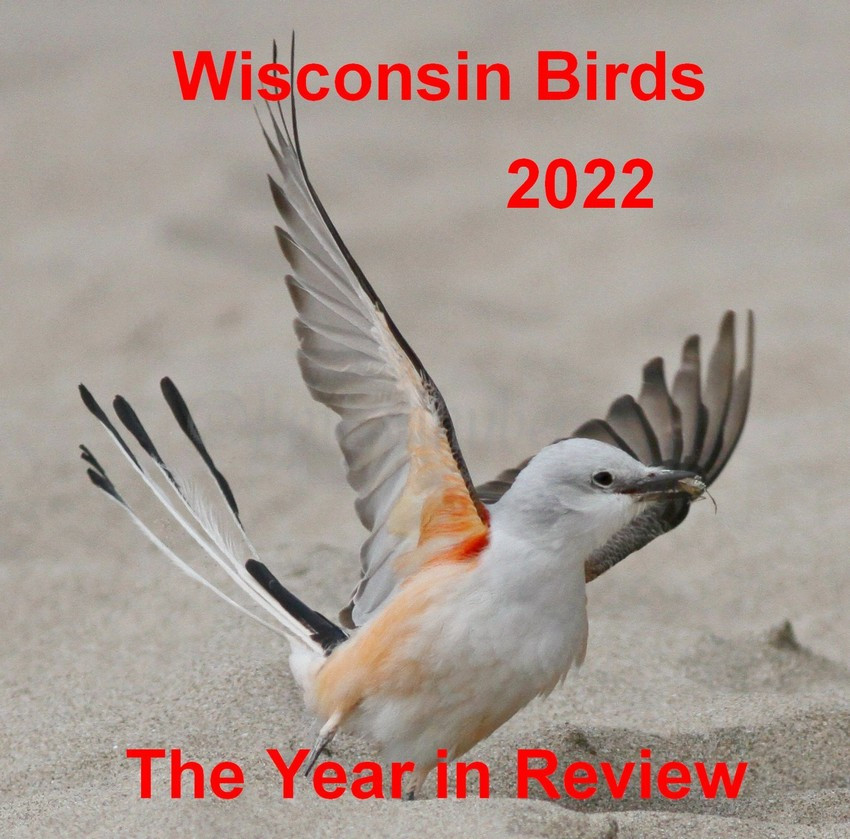
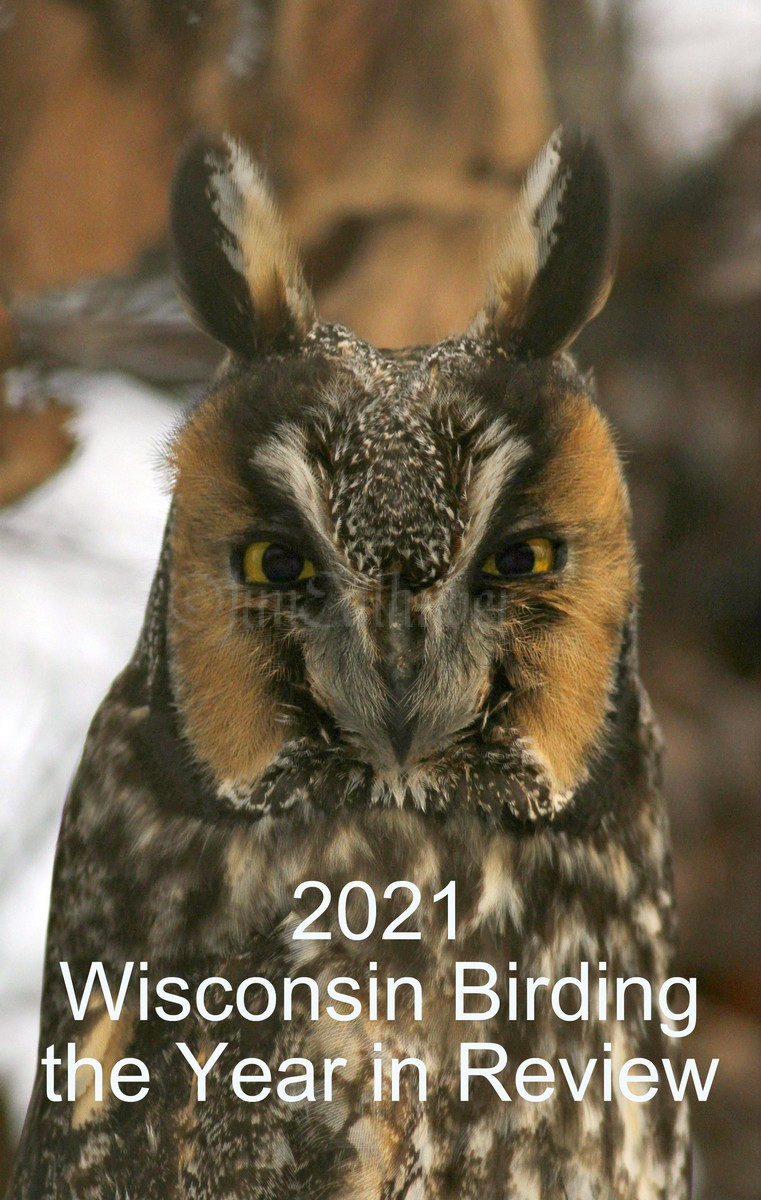








Bazinga! Congrats on your new life bird, Jim!~
Stunning shots of the Harris’s. And a life bird to boot! Way to go.
Congratulations, Jim. I’m wondering what tipped you off that you’d found a different bird. Was it his appearance (pink features), song or movement? Occasionally, I sense there’s a new creature (new to me) nearby, but I don’t always watch, listen or follow it long enough to make an ID.